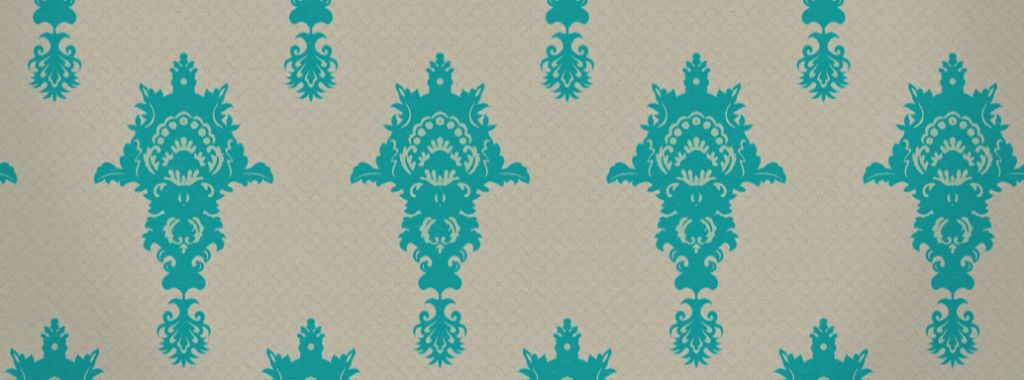According to today’s trend, wallpaper is the best way to add attraction to your home. Wallpaper includes many different colours and patterns to spice up your home in an attractive manner. But other people have common dilemmas regarding wallpaper, like how to measure wallpaper, how to hang wallpaper, how to remove wallpaper and many more. Well, this guide will suggest some points to resolve these dilemmas. Go through these points to get queries resolved regarding Wallpaper Dilemmas And There Resolution.
How To Measure The Wallpaper
The rule of thumb when it comes to measuring is to measure twice and cut once. To begin, draft a plan on paper that includes all of the wall measurements. The width of the room should be measured first, then measure the width of a normal roll of wallpaper. This will give you the required quantity of droplets. Then, eliminate skirting boards and cornice, and measure the room’s height, adding roughly 15 cm to allow for trimming.
The total number of metres required is calculated by multiplying the height by the number of droplets. Standard wallpaper comes in 10m x 53cm rolls, so double-check yours and adjust your calculations if you’re using a wider roll. You should try to subtract the area of the windows and doors to avoid waste.
When purchasing wallpaper, choose from the same batch number as there may be a few patterns and colour changes between batches. If something goes wrong, it’s always best to buy more of the same batch number – you can always return unwanted rolls. You might wish to save one in case you need it in the future.
Why Does Wallpaper Bubble
There are four reasons for wallpaper bubbles:
During Installation Of Wallpaper-If during installation of wallpaper, the air has not been removed between the wallpaper and wall, then it creates a wallpaper bubble. If you’ve ever seen wallpaper installed before, you’ll notice that the wallpaper has a loose bond when it’s placed on the wall. It sticks, but not for as long as you would like. The wallpaper is spread across the wall. Then, working from the top-down, remove air and excess glue from beneath the wallpaper with a brush or smoothing tool, allowing the adhesive and wallpaper to stick to the wall. If done too quickly, a spot may be overlooked, resulting in an air bubble.
Too Much Adhesive On The Wall- Too much use of adhesive can also form bubbles in wallpaper. Either the wall or the wallpaper must absorb the adhesive. After the adhesive dries, the solid binders of the adhesive will become a blob that looks like an air bubble.
The Wall Surface Itself- Air bubbles can be caused by the walls themselves. Plaster walls are solid and rigid, allowing moisture from the wallpaper glue to soak and air to escape through the wall. Drywall is extremely porous, allowing moisture to penetrate into the wall. When adding wallpaper to a plaster wall, one of the first steps is to sand the surface to scuff it and allow moisture to escape. Another issue with walls is what is already on them.
The Type Of Wallpaper Used- Air can be a problem depending on the type of wallpaper used. Some wallcoverings are made of plastics, which do not allow the wallpaper to breathe as well as other materials. When this occurs, the air that is released from the wet adhesive has nowhere else to go, so it forms a bubble. Gassing is a term used to describe this process.
How To Hang Wallpaper
Wallpaper installation is a difficult task, especially if you’ve never done it before. Before you begin sanding down rough areas, remove any nails, screws, sockets and switch covers. Clean the wall with a sponge and let it dry for 24 hours. Drying time for freshly painted walls is four weeks, and plastered walls should be dried and sealed with a primer.
Make sure to hang the initial roll or panel straight with a spirit level since this will serve as a guide for the rest of your project. Hang from the top and work your way down, being careful not to stretch or pull the paper. If you get paste on the wallpaper, wipe it off as soon as possible using a moist cloth.
Will Wallpaper Shrink
The most likely to shrink is wallpaper with a paper base. Fabric-based wallpaper can shrink but is far less prone to shrinking and almost never as noticeably as paper-based wallpapers. People typically overlook the more expensive papers because paper wallpaper is usually the most cost-effective option. The most crucial things you can do before you start to ensure that your wallpaper shrinks as little as possible are the following:
- Choose a type that will not shrink, such as a canvas.
- Purchase more wallpaper than you require. If there are problems and you need to remove a strip more than twice, you can start over with a new sheet. The longer you use a strip, the more overworked it becomes, and the more likely it is to shrink.
- If you have to redo it, make sure you read and understand the primer instructions.
- The greatest technique to reduce shrinking is to use caution when applying the product. The more you stretch or re-apply your wallpaper, the more likely it is to shrink.
- When you wet the wallpaper, it stretches and shrinks slightly after it dries. So try not to wet the wallpaper.
How To Remove Wallpaper
1: Prepare The Room– Drop clothes should be placed at the base of the walls to be stripped. All switch plates and outlet covers should be removed from the walls. Don’t forget to turn off the lights in the room.
2: Score Wallpaper– Create small holes in the paper with a wallpaper scorer to allow the solution to penetrate to the adhesive base.
3: Mix Solution– While various professionally prepared remedies are available, nothing beats hot water and fabric softener. In a big spray bottle, combine the water and fabric softener at a one-to-one ratio.
4: Soak Walls- Saturate an area of the wallpaper with a spray bottle. In 15 minutes, spray only as much of the wall as you can comfortably strip. Before you begin, let the solution soak on the paper for a few minutes.
5: Strip Wallpaper– Pull upwards from the bottom corner, grabbing fragments of wallpaper. To make the paper removal easier, use a wide putty knife. Rep the steps above until all of the wallpaper has been removed.
6: Clean Walls– Mix a tablespoon of dish detergent with very hot water in a bucket. Wipe down the walls with a sponge, scrubbing gently to remove all signs of wallpaper glue. Finally, scrub the walls with clean water and dry them with a towel.
Last Note
This blog will surely help to answer all your queries related to wallpapers. If you still are confused, you can hire wallpaper installers. Professional wallpaper installers can eliminate these dilemmas by providing you with the perfect installation of wallpaper in your home. You can hire Deco & Co for qualitative installation of wallpaper in your home.
Our expert team will guide you through the whole wallpapering process, from helping you select the best design for your area to offering aftercare instructions and ensuring a high-quality finish every time. Contact us at 0420530766.


I was excited to uncover this page. I want to to thank you for your time for this particularly fantastic read!! I definitely enjoyed every bit of it and I have you saved to fav to check out new stuff in your website.